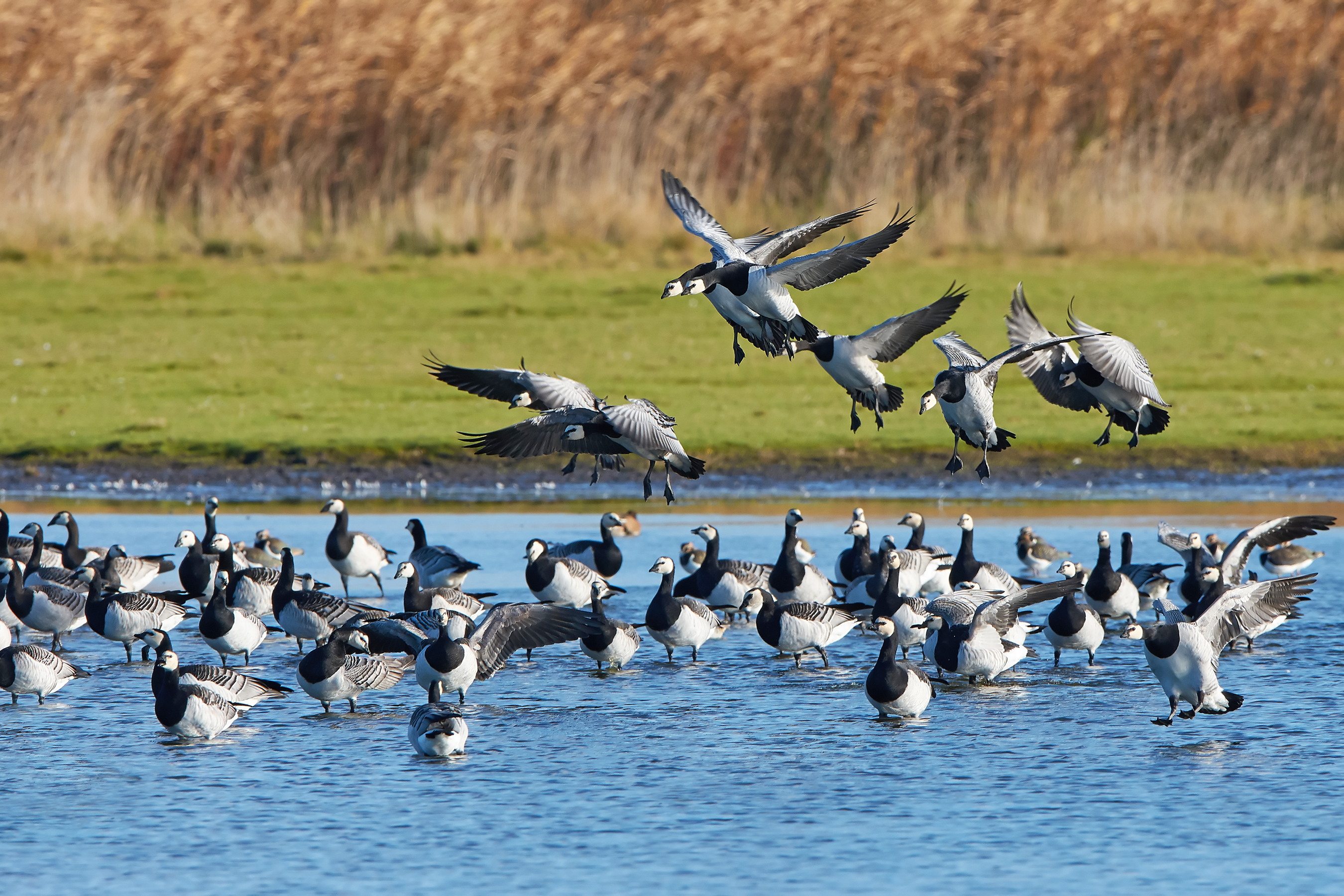www.efsa.europa.eu
Drivers for viral evolution
Experts have identified certain species of farmed fur animals (e.g. mink or foxes), which are highly susceptible to influenza viruses, as possible drivers for spread. Although mammal-to-mammal transmission has not yet been confirmed, wild mammals could act as bridge hosts between wild birds, domestic animals and humans. Companion animals, such as cats, living in households and with access to the outdoors can also be a potential vehicle for transmission. Farming in areas rich in waterfowl with outdoor production and/or poor biosecurity can facilitate introduction of the virus to farms and its further spread. Extreme weather events and climate change play an additional role in the evolution of the situation because they can affect the ecology and demography of wild birds and thus influence the way the disease develops over time, experts found.
Risk reduction
Authorities from different fields should work together with a One Health perspective to limit the…
